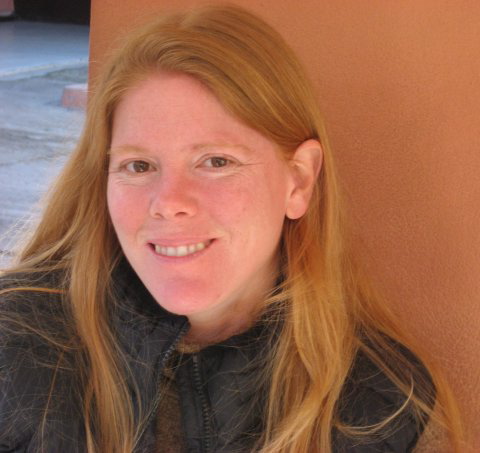Dr. Carolyn Cunningham is Associate Professor of Communication & Leadership Studies at Gonzaga University. Here she shares what it was like for her media students to join the “Wikipedia ecosystem” in an assignment.

Photo: CC BY-SA 4.0, via Wikimedia Commons.
I teach in the Communication and Leadership Studies program at Gonzaga University. This is a Masters level program offered in a hybrid format. For my class, Social Media Engagement and Analysis, I wanted students to learn not only about how Wikipedia works, but also contribute to its knowledge base by editing pages related to social media. Rather than assign a final paper to students, editing Wikipedia would be their major assignment during our 8-week class.
My approach to the course is rooted in media ecology. Conceptualized by scholars such as Marshall McLuhan, Neil Postman, and Lance Strate, media ecologists look at communication technologies as systems. Technologies, in other words, determine the type of media. As Marshall McLuhan famously noted, “the medium is the message.” Thus, I selected articles for editing that were related to the course, including social media bubble, transmedia storytelling, and impression management. Wiki Education staff were very helpful in selecting articles related to course content.
After two semesters of teaching this course, I have been surprised by my students’ reactions. Many students commented that they thought it was inappropriate to use Wikipedia as an academic source given that it is not seen as reliable. Indeed, Jimmy Wales, one of the founders of Wikipedia, even offered his take on the academic use of Wikipedia in 2006. A recent essay by Alliana Drury offers a different perspective. This discourse is the very reason why I wanted them to learn how the platform works. Knowledge production is ongoing and not static. By understanding these debates, as well as contributing their knowledge to Wikipedia, my hope was for them to gain a better understanding of the larger issues at play.
Many of my students claim to be tech-savvy. Students’ professional backgrounds range from social media marketing to journalists to workplace trainers. Both times that I have used this assignment, students struggled with the technical aspects of Wikipedia. Even though they went through the tutorials, they had a difficult time acquiring the skills necessary to navigate the platform. I am not sure if this is because they were not paying attention to the tutorials, or if they just were not as tech-savvy as they thought. It is one thing to craft a witty Facebook post. It is quite another thing to understand the architecture that allows that post to become spreadable. As a result, several students reported that the assignments were “confusing.” Even though students are used to consulting Wikipedia’s content, the digital skills required to understand the site’s inner-workings are not innate. All the more reason to involve students in editing. Through this exercise, I hoped they would now consume the site with a critical eye.
The other challenge was the process of editing pages. I stressed to the students that it was not the quantity of their contributions but instead the quality. In their sandboxes, they would draft their reasons for why they added the content that they did. Students found this process unsettling because they wanted to have a simple template that they could follow. I find this to be the case in a lot of the students I teach. They want to imitate what the professor sees as a good example in order to get the highest grade. An assignment with flexibility is more challenging for them. Wiki Education provides a template rubric, but moving forward, I plan to adapt it specifically for my course so my expectations for students are clear.
Students were intimidated by the public nature of this assignment. It is interesting that in the age of social media, where students are posting many details about their lives, they are wary of contributing to a Wikipedia article. Perhaps this is related to the imposter syndrome that some graduate students face as they learn how to develop their own academic arguments and conduct research. At the completion of the assignment, some students did report that they felt more comfortable contributing. They were motivated to produce better work because it would be critiqued and read by other Wikipedians. However, there was still some uneasiness among the majority of my students when posting publicly.
While there were some challenges to implementing this assignment, there were also some successes. In their final course reflections, many students reported that they learned about objectivity and how to evaluate sources. Several commented that, while they would probably not use these new skills in their workplace, they gained a better understanding of how Wikipedia worked.
In the end, using Wikipedia in an academic setting proved to be challenging. Students felt out of their comfort zone, both in terms of developing the technological literacy necessary for editing Wikipedia pages, but also in having the confidence to share their knowledge and expertise. I will continue to refine this assignment as I gain student feedback through this process, as I found these learning outcomes valuable.
Interested in incorporating a Wikipedia assignment into an upcoming course? Visit teach.wikiedu.org to gain access to our free resources and systems of support.
